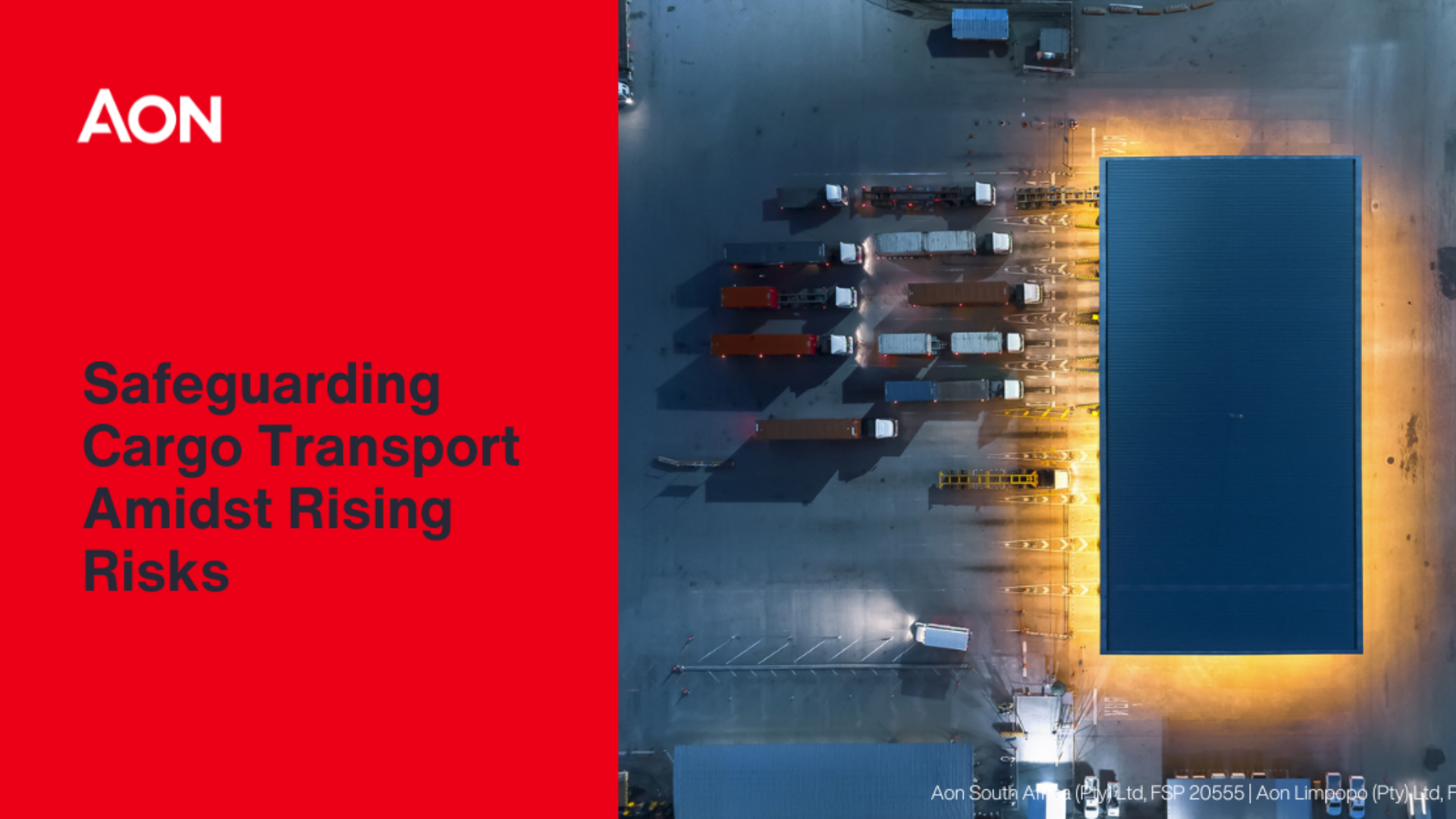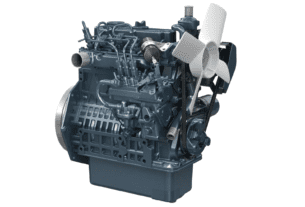Civil unrest, riots and crime are persistent threats businesses across South Africa pay extra attention to in the run-up to and after the national elections. These risks hold significant implications for transport operators, notably those in cargo/freight transport and logistics by road, with hard lessons learnt from the riots of July 2021 that saw over R50 billion in resulting damage and 340 lives lost. One of the key lessons learned from the July riots as well as the COVID-19 experience is the massive interdependence of the supply chain, and that disruptions are becoming more severe and occurring with greater frequency.
The explosive growth of online shopping and e-commerce in South Africa also attracts heightened risk in an industry that saw e-commerce through domestic retailers reach $3.5 billion in 2021, and which is expected to generate revenue of $6 billion by 2025¹. The vast majority of these products and services reach their consumers via road transport, and they’re increasingly in the sights of sophisticated crime syndicates that target anything from electronics and cell phones, consumables and food, and designer gear to cigarettes and liquor.
This heightened risk landscape poses a formidable threat to transport operators’ employees, operations, cargo and assets. However, with solid risk management and engineering strategies, backed by marine insurance, the best-prepared businesses can manage and mitigate potential losses as far as possible.
“Understanding the many complexities and interlinked nature of risks in the cargo transport sector is paramount, as they underscore the delicate balance of processes in delivering goods and services to millions of people and businesses across the country. The critical importance of our freight/cargo transport industry to our economy and livelihoods, and its safeguarding, cannot be emphasised enough,” says Natalie Cooper, senior marine and aviation broker at Aon South Africa
“From the threat of vehicular damage and cargo pilferage, theft and hijackings, safety of employees and drivers, to disruption of transportation schedules, toll costs, carbon taxes, fuel and maintenance costs, increased private security and monitoring costs – especially for high-risk cargo – to collapsing road infrastructure and delays at ports and harbours, the challenges are manifold,” says Natalie.
“Given the tough operating environment and a hardening insurance market, the insurability of commercial fleets and cargo is no longer a simple ‘given’ as underwriters have become increasingly risk-selective and expect clients to have a comprehensive plan in place to minimise and mitigate risks,” she adds.
A proactive approach to risk management and mitigation that embraces risk engineering guidelines is crucial and encompasses the following measures:
- Undertaking comprehensive risk assessments can aid businesses in pinpointing potential hotspots and high-risk areas, informing strategic decisions regarding route planning and contingency measures.
- Equipping vehicles with tracking and real-time monitoring systems can fortify them against external threats, further bolstering resilience in the face of adversity.
- Exploring means of armouring vehicles carrying high-value or sensitive cargo is also an option to explore in safeguarding employees and load.
- Training of drivers is crucial in equipping them with the knowledge and insight to handle emergency procedures and protocols during adverse events such as riots and strikes, natural disasters or hijacking, with an emphasis on safeguarding their own lives.
- Keeping communication channels open between drivers, customers and stakeholders is key to situational awareness.
- Fostering collaborative partnerships with security services and local authorities can also enhance situational awareness and facilitate timely interventions when crises emerge.
Beyond risk engineering, matching this to an effective and fit-for-purpose insurance programme that takes care of the unique and complex risks facing transport and freight/cargo is key, and here marine insurance plays a leading role in safeguarding valuable and high-risk cargos.
“By scrutinising policy terms regularly – with the aid of an experienced marine broker – businesses can fortify their financial resilience by incorporating appropriate risk management steps that adequately address potential exposure as far as possible; and then transferring risk where appropriate via marine insurance coverage. The key thing to remember is that while marine insurance may seem straightforward, each policy must be customised to meet the unique needs and risk exposures of every client, cargo and operating environment – and it’s here where experienced marine insurance brokers and underwriters play an important role. Given the complexity and interrelated nature of risks, its important to fully understand the nature of freight/cargo being transported, its value (including duties and taxes), the nature of transport risks faced, and who is liable and what exactly is covered at every point of the supply chain – an outright loss of cargo that is not correctly insured will bring a raft of crippling financial and professional liabilities that could easily shut down the business,” explains Natalie.
In building a well-rounded marine insurance policy, the following needs to be taken into consideration:
- Understanding policy terms and conditions is crucial to having the correct cover that will address political risks (civil unrest, riots and strikes), business interruption and damage to property and cargo.
- Additional coverage may need to be considered for high-value or sensitive cargo – such as electronics and liquor.
- Having the correct policy limits in place will ensure sufficient cover for potential losses. The temptation to cut costs on insurance coverage and not properly interrogate and insure the true value and nature of cargo can have disastrous consequences if things go wrong.
- Policy deductibles and excesses need to be reviewed to ensure they are reasonable and manageable.
An essential added cover that should be included in every marine insurance policy is Sasria insurance which provides cover against special risks such as civil commotion, public disorder, strikes, riots and terrorism. “It is important to note that according to Sasria regulations, the cover is attached to an underlying marine policy and is designed to bridge the gap in covers under the Institute war and/or strikes clauses. Any claims will be dealt with according to Sasria regulations, and will be reported and dealt with through the marine policy,” explains Natalie.
“In tandem with these measures, embracing a diversified approach to transportation, harnessing emerging technologies for cargo monitoring and fostering collaborative alliances within the industry can augment resilience against unforeseen disruptions. Businesses entrusted with the task of cargo transport must fortify their defences against uncertainty and volatility through a blend of risk engineering, insurance and business continuity planning, and is more important than ever in an industry sector that underpins trade and world economies,” explains Natalie.





